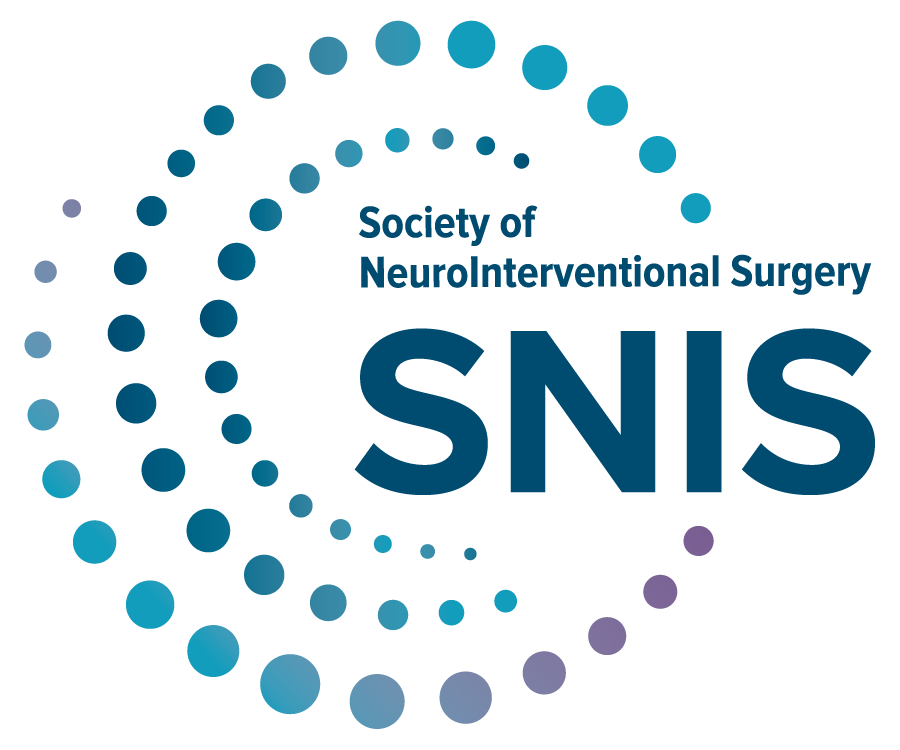Jeanne Shore had a lot planned for October 29, 2023: Go to the 9 a.m. mass with her partner, Bill, then maybe do some gardening, take a long walk, and go to her son’s house for his birthday dinner.
The 68-year-old former nurse was used to being busy. It’s how she had operated her whole life, with each day full of things to do, people to see.
But after she showered and dressed for church that morning, she was having trouble communicating with Bill.
“Are you alright?” Bill asked. And in her mind, Jeanne answered him. But her mouth didn’t move, and her eyes had a distant, “lost” look.
He asked the question again. No response. Then he asked if something was wrong.
In her mind, Jeanne was shouting, “Yes, of course! I’m fine.” But nothing was coming out.
Bill, who had experienced a mild stroke just one month before, recognized the signs of stroke immediately and knew Jeanne was in trouble. He called 911.
“The Port Jefferson EMS arrived in less than 10 minutes,” says Bill. “Jeanne came downstairs, tied her shoes, and then they were at the door. It was incredible.”
Jeanne put herself on the stretcher for the ambulance ride and remembers hearing the EMS asking Bill questions. Stroke can be like that sometimes … not totally debilitating, masking the chaos taking place in the brain.
Bill had told EMS, “Take her to Stony Brook,” which isn’t the closest hospital to Jeanne’s home but is the comprehensive — or “Level 1” — stroke center in the area.
These centers are equipped to treat any type of stroke severity, including large vessel occlusions—the deadliest type of ischemic stroke. And unlike other stroke centers, they have specialized care teams on staff 24/7/365.
Going there first saved time; if Jeanne had gone to her closest hospital only to be transferred to a place equipped to treat her severe case, the stroke would have had more time to damage her brain.
“The staff was wonderful,” Jeanne recounts. “Everyone was telling me I’m going to be OK, the nurses were assuring me that they’d keep me warm. I still didn’t really know what was going on, but I knew I was in good hands.”
Jeanne was in the angiography suite at Stony Brook University Hospital 47 minutes after she arrived, being prepped to undergo a mechanical thrombectomy. This procedure uses a catheter that is inserted through the groin to remove clots in the brain and has proven particularly effective on large vessel occlusions. Its minimally invasive nature means that clots are removed quickly.
These procedures are not only very fast, but the recovery time is typically minimal.
Dr. David Fiorella performed the surgery.
“We were able to quickly manipulate our catheters to the level of the occlusion and easily remove it within minutes,” he recalls. “We are fortunate to have had many wonderful advances in technology over the past few years that have made these thrombectomy procedures faster, easier and safer.”
When Jeanne woke up in the ICU, Bill and her children were there, and told her she’d had a stroke. It was difficult for her to believe; after all, she was healthy, active and ate well. So that’s the lesson that Jeanne took away from her experience: Anyone can have a stroke.
As a former medical professional, Jeanne knew a fair amount about stroke to begin with. Her father had had one at age 87. She can appreciate how far the treatment protocols have come and is confident that if any one thing on October 29 didn’t go the way it did, her story would have had a different ending.
“Everyone who took care of me that day, from Bill to the EMS to the doctors and nurses, they all saved my life,” Jeanne says. “Bill was meant to spend the afternoon with his son, so the fact that my stroke happened that morning and not afternoon was a stroke of luck. I could have been all alone.”
Jeanne left Stony Brook on Nov. 1, just four days after her stroke. She was able to celebrate her birthday within a week of having a stroke. And she makes sure to express her gratitude. A recent errand took her right by the Port Jefferson EMS.
“I pulled up, walked right up and they said, ‘Can we help you?’ I said, ‘You already did.’ I proceeded to tell them about my stroke and thank them for being so great at their jobs,” she says. “These folks probably never see someone they have helped after a call. A few of them gave me a hug. It felt so good to say thank you, so a few days later, I did it again.”
Today, life is good for Jeanne. She is doing most of the things she did before her stroke and even wants to go back to work.
She has a message for friends and neighbors about stroke.
“You have to think about what you would do if you were in Bill’s position, or my position, the day I had my stroke,” she advises. “Would you know what to do? Do you know where to go? If you don’t get to care fast, you’re going to lose part of your brain, and never get it back.”

